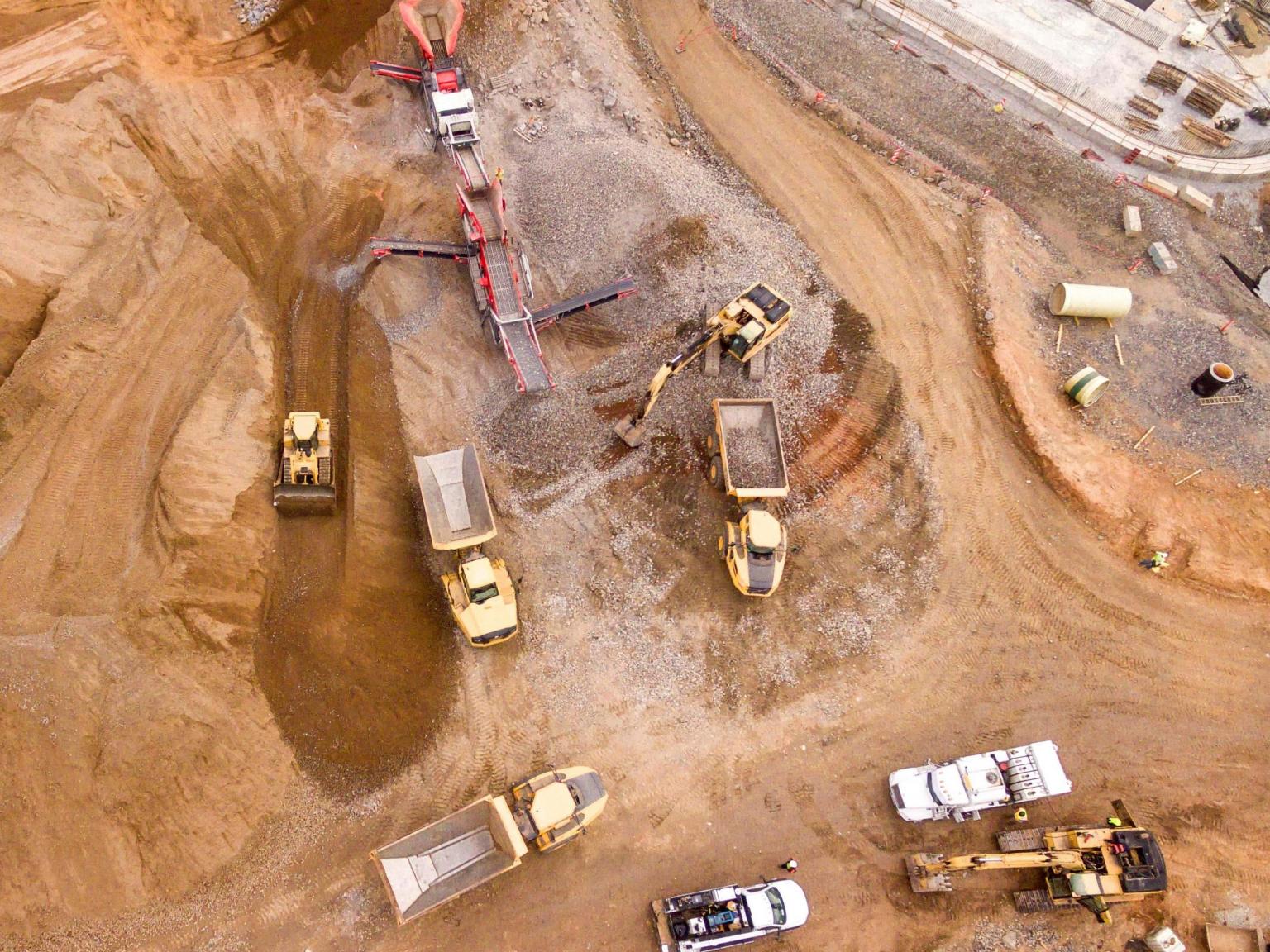
Sustainability advocate Jasper Evans explores the ways in which mining operators can make their practices more sustainable.
With growing concerns about the future of our planet at the forefront, it is no surprise that the mining industry comes into question. Many mining companies across the world are continuing to use outdated processes and machinery to obtain their minerals, and consequently are negatively impacting the environment and the people that live within it.
As a result, the focus is beginning to shift towards more sustainable mining practices and what mining corporations can do to minimise their impact on the world. In this article, we delve into the future of sustainable mining and what it could look like.
Embracing technological advances
Technology has the power to revolutionise the mining industry, making it safer, more efficient and environmentally friendly. One of these technological advancements is the use of autonomous mining vehicles. These are machines that can be operated entirely remotely, so they can navigate the challenging terrain that comes with mines without risk of injury. These could be used to transport equipment, survey areas or even to bore for some minerals.
Another significant technological development is the use of smart sensors and monitoring systems. The sensors work by tracking the performance of equipment, tracking potential failures, and ensuring regular maintenance is carried out. The monitoring system sync with the sensors, so it can then also work to optimise the efficiency of the machines.
Drones also play a valuable role in optimising mining operations. They can be used to survey land, to map new areas and to monitor existing ones. As they are significantly smaller and cheaper to operate than typical autonomous vehicles used in mining, they are useful for smaller tasks.
Supporting mining communities
Sustainable mining does not just refer to protecting the environment, but also the communities within it. The communities in which mining operations take place can often face negative consequences, such as water and air pollution, deforestation, and destruction. Fortunately, mining companies are beginning to realise the impact their operations have on the wellbeing of these communities and are working to foster more positive relationships going forward.
One way they can look to do this is by partnering with local organisations to ensure that the surrounding areas are not compromised or contaminated. This means regular testing of the water, soil and air alongside reviewing the impacts of any ecosystems that are cleared out.
However, mining can also have a negative effect on the local economy, as many feel that their only source of income is through working in the mine. Unfortunately, this can take a serious toll on workers’ health due to the dangerous conditions of mining – it is important to ensure that the local community has plenty of other resources available.
Managing resources sustainably
Mining companies are under increasing pressure to minimise their consumption across the board, including water, energy, and waste production. One way that they can do this is by option to reuse and recycle materials wherever possible, such as repurposing equipment rather than buying new.
As for water consumption, mining corporations should look to implement water recycling and conservation measures. A typical mining operation can use incredibly high amounts of water, so it’s crucial to minimise the usage as much as possible to mitigate environmental consequences.
If mining wastewater were to enter surrounding water sources, they would become contaminated with harmful chemicals and toxins. This could not only be detrimental to the surrounding wildlife, but as a build-up accumulates in fish and animals that we typically rely on for food, the effects can also be passed on to humans.
Promoting better working conditions
The mining industry has long been associated with dangerous working conditions and questionable labour practices, but fortunately, this is slowly changing. With all the technology available to us in the modern day, there are many ways that mining can be made safer for the workers.
Alongside the use of autonomous vehicles and drones to protect workers, mining corporations can also look to use wearable safety monitors. These devices can track workers’ health and safety in real-time, alerting unusually high heart rates and even using AI to detect potential hazards.
Many mining companies are already working on high-tech ventilation systems to ensure that mining tunnels are free from toxic vapours and gases, alongside lighting systems to improve visibility. All these measures can work in unison to create a more ethical and safe work environment.
A sustainable legacy
The future of the mining industry looks bright. By adopting these sustainable practices, mining companies can start to reduce their environmental impact as much as possible, while also giving back to the surrounding communities. This way, the future of mining can hope to establish a positive legacy that represents a more supportive and sustainable industry.
Jasper Evans is a sustainability advocate who is passionate about improving the efficiency of the world’s most resource-hungry industries.

























